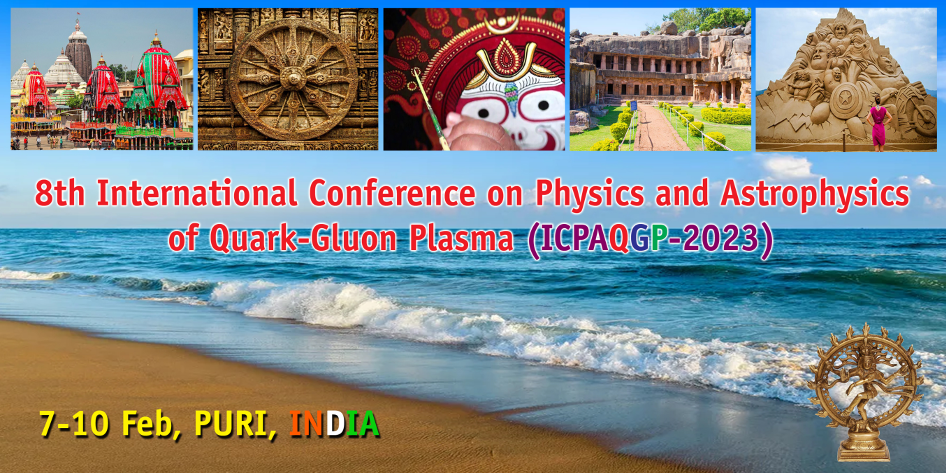Heavy quarks (charm and beauty) have masses much larger than the characteristic energy
scale of QCD interaction. Due to this they are typically produced in hard scattering processes
with large Q2 and thus offer a unique perspective to study the transition from quark to
hadrons in all collision systems. The latest measurements of charm meson and baryon
production in pp collisions allowed the...
Measurement of charm-hadron production in hadronic collision systems allow investigating the charm-quark hadronization mechanisms. In addition, measurements based on event shape observables allow isolating events according to their topologies, dominated by soft and hard processes. They provide information about the energy distribution in an event and provide tools to study the perturbative as...
The investigation on hot-dense QCD medium in ultra-relativistic collisions is non-trivial. It is believed that asymptotically free quark-gluon plasma came into existence after a few microseconds of the "Big bang" when energy and matter densities were enormously high. The essential characteristic of the strongly interacting quarks-gluons plasma phase is collective behavior. Observations in...
Emphasizing the possibility of moderate suppression of heavy quarkonium states, we invite some attention towards the issue of real time evolution of quarkonia during the cooling phase of quark gluon plasma(QGP). In this context, we have used time dependent perturbation theory to show that $\Upsilon(1S)$, $\Upsilon(2S)$, $J/\Psi$ can further be dissociated in the medium at a temperature below...
A deconfined medium of quarks and gluons called Quark-Gluon Plasma (QGP) is produced when heavy-nuclei are collided at relativistic energies. The formation of QGP is often characterized by a phenomenon called strangeness enhancement where the production of strange-to-non-strange particles are enhanced relative to peripheral or proton-proton interactions. Besides the enhancement in K/π ratios,...
The existence and location of the QCD critical point is an object of both experimental and theoretical studies. The comprehensive data collected by the NA61/SHINE during a two-dimensional scan in beam momentum (13A-150A GeV/c) and system size (p+p, p+Pb, Be+Be, Ar+Sc, Xe+La, Pb+Pb) allows for a systematic search for the critical point – a search for a non-monotonic dependence of...

